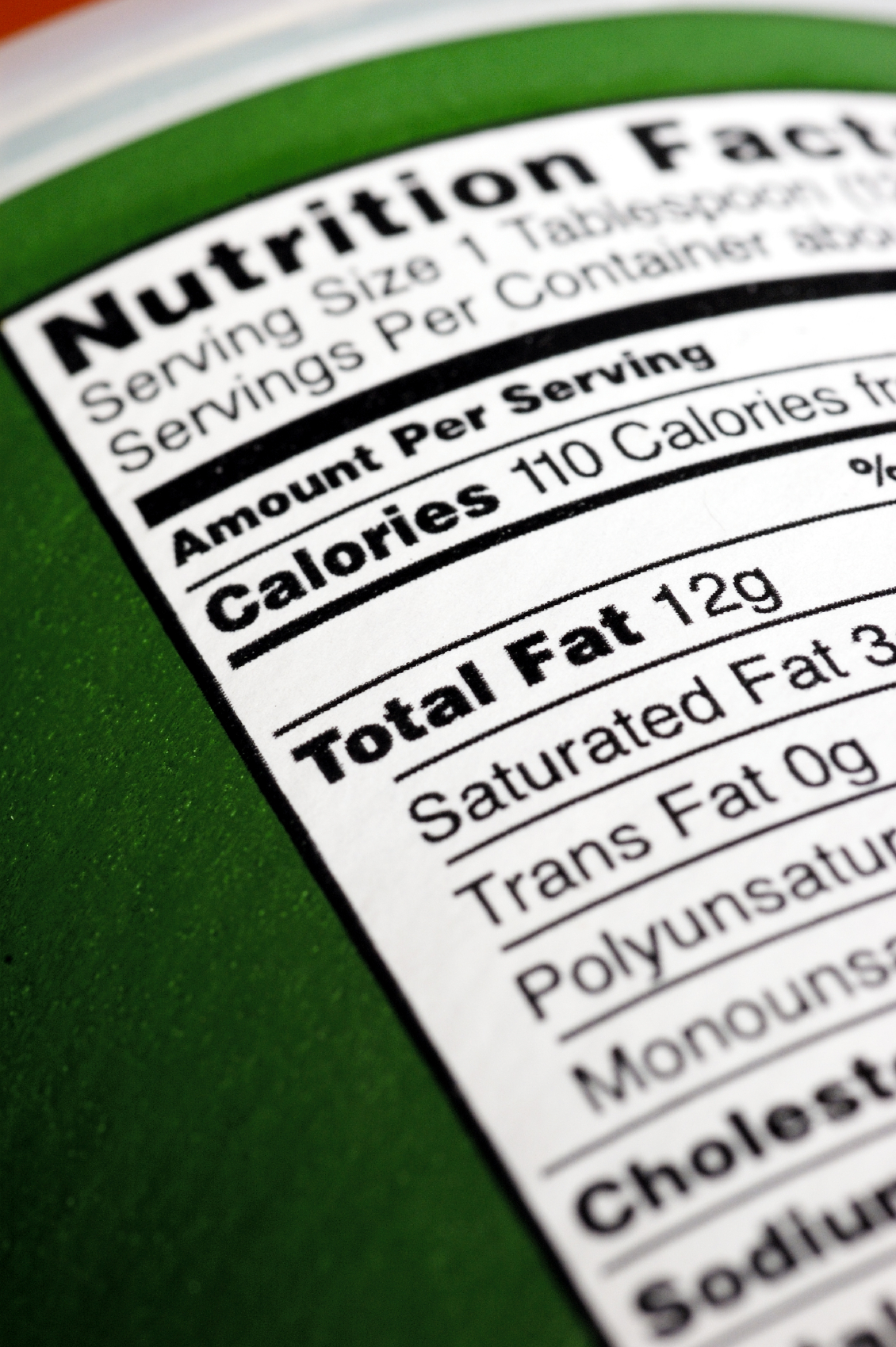
 So we’ve been warning our readers about labels. Read the labels, we say. Read the ingredient lists. The FDA doesn’t regulate cosmetics, so it’s up to you to be sure what you’re using on your skin is safe and non-toxic.
So we’ve been warning our readers about labels. Read the labels, we say. Read the ingredient lists. The FDA doesn’t regulate cosmetics, so it’s up to you to be sure what you’re using on your skin is safe and non-toxic.
Great. You’re convinced, but now you may be saying: Just how am I supposed to make heads or tails of these things? I can’t even pronounce half the words!
Don’t worry. When you’re looking at labels, just follow these few tips.
1. Check the first five-to-eight ingredients. Ingredients are listed according to their concentration. (The only exception is if the product contains an ingredient classified as a drug, or an “active” ingredient-like Retin A or zinc oxide. Then that ingredient will be listed first, regardless of concentration.) The product contains the most of the first ingredient, and the least of the last. So even if a product brags about its vitamin C content, if vitamin C is one of the last ingredients, you know that there’s probably not enough in there to do you any good. Not only that, but according to Life123 author Heleigh Bostwick, “…the rule of thumb is that about 90% of the skin care product is made from the top 33% of the ingredients.” That means if the product lists 25 ingredients, at least 90% of it consists of the first eight. If you can’t pronounce them (or if they’re ingredients you should avoid), pass the product by.
2. Toxic ingredients accumulate. Based on this information, you may be thinking, “Well, okay, so if I’m supposed to avoid parabens, but the parabens are listed last on the ingredient deck, then surely they are present in such small amounts that they won’t hurt me?” This is actually what manufacturers think, and the reason the FDA hasn’t taken any action to disallow these ingredients. But studies have found parabens in the tissue of breast cancer patients, and remember-you use many personal-care products on a daily basis, and most of them will have parabens or other potentially toxic ingredients. Multiply that “little bit” times your shampoo, conditioner, body wash, moisturizer, toner, face cleanser, night cream, eye cream, makeup, and more-used 365 days a year, for over 80 years-and you end up with significant buildup.
3. Take the words “natural” and “organic” with a grain of salt. When you’re looking for less toxic formulas, organic products can be a good place to start, but always check the label. Unlike the food industry, which has standards products must follow to claim “organic,” the cosmetic industry has no such standard-unless you see an organic seal. Most seals do come with certain requirements. (Read our post about organic labels.) But if the product just says “organic” or “natural,” that’s no guarantee. Make sure the ingredients echo the claim.
4. Brush up on our ingredients to avoid. Some companies try to make ingredients sound better than they really are. For instance, many will list sodium lauryl sulfate (a harsh cleanser) and qualify it as “from coconut oil.” Don’t be fooled. The product isn’t coconut oil. They take an alcohol from the oil and process it through a chemical reaction that can result in impurities like dioxane 1,4.
5. The more ingredients you can pronounce, the better. Manufacturers are learning that natural herbs and essential oils have many properties that are good for the skin. So when you’re reading the label, if you see things like “aloe, orange extract, olive juice extract, patchouli essential oil,” and the like, you’re better off than if you read “bis-diglyceryl Caprylate, Ceteareth-12, methylparaben and sodium laureth sulfate.”
6. Check the expiration date. When using truly natural products, pay attention to the ‘use-by’ date. If you’re undergoing chemotherapy, you want to be especially careful not to use expired products, to lower your risk of infection. Instead of stocking your cupboards with too many products (which is no bargain if they expire), buy more only when you’ve used up what you have.
If you’re in doubt about an ingredient, check our list of those to avoid, go to the cosmetic database, or try the Smart Skin Care glossary. In a short amount of time, your friends will be coming to you for advice on their favorite brands!
Please pass along any other helpful tips on reading labels.
Photo courtesy Kevin Boyd, via Flickr.com

